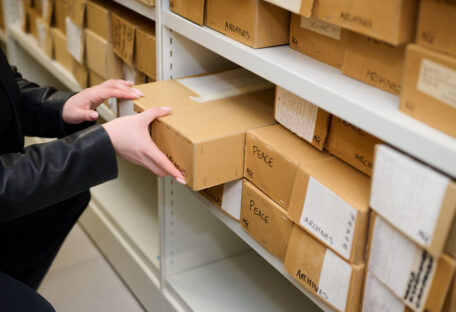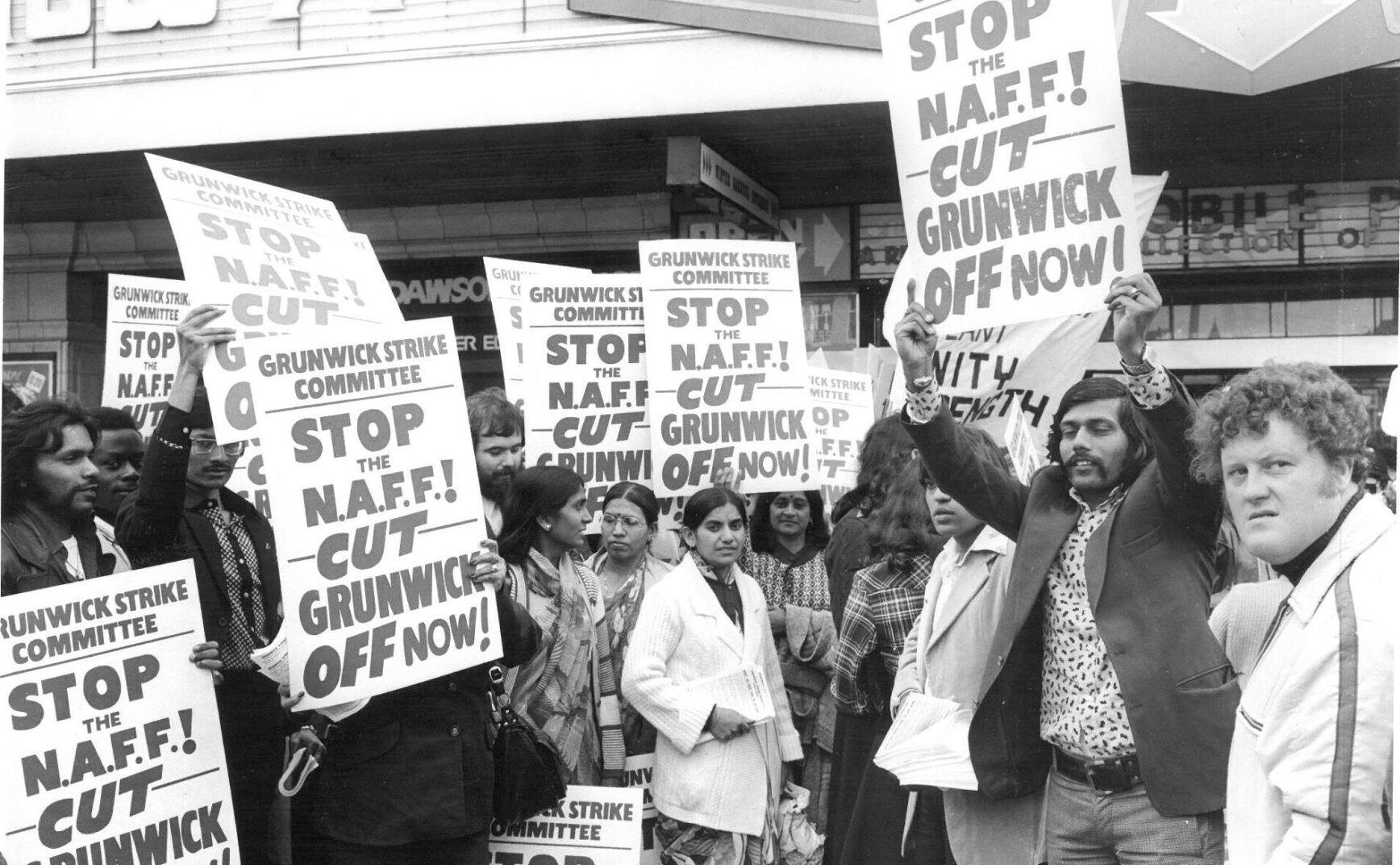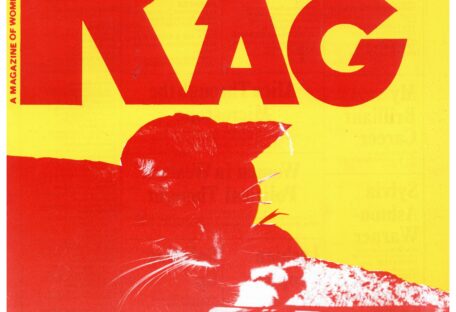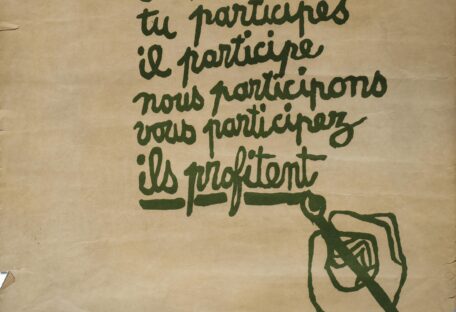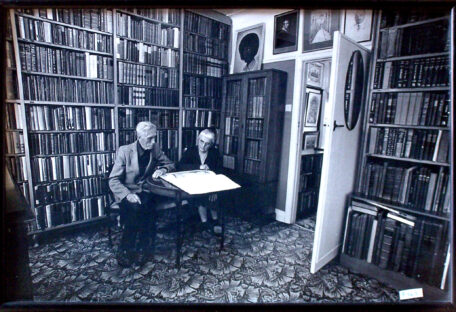The Collection
Explore one of the most extensive and significant collections of working class history in the world.
At the Working Class Movement Library we are home to a nationally and internationally significant library and archive collection that covers over 200 years of campaigning and organising by working class people. Our collection includes a vast library alongside periodicals and pamphlets, magazines and newspapers, correspondence, minute books, posters, artwork, political banners, music, photography, ceramics and oral history recordings. Our collections date from the 1760s to present day and explore:
- The trade union movement
- Chartism
- Women’s suffrage and women’s liberation
- Anarchism
- Communism and the Communist Party Great Britain
- Socialism and Socialist Parties
- The Peace movement
- Spanish Civil War 1936-1939
- The lives of individual activists
- Land access, mass trespass and right to roam movements
- Strikes, protest and industrial action
- Anti-fascist campaigns
- Anti-racism campaigns
- Irish history and struggle
- Unemployment
- Anti-colonial and anti-imperialist struggles
- International solidarity movements
- Creativity and culture, including theatre, music, literature and leisure
Our collection began in the 1950s as the personal collection of our founders Ruth and Edmund Frow, who collected material that reflected their personal interests and connections with groups and individuals in the labour movement and activist communities, as well as their connection with the Communist Party of Great Britain. Today we continue to add to our collection so that it reflects contemporary working class movements.
